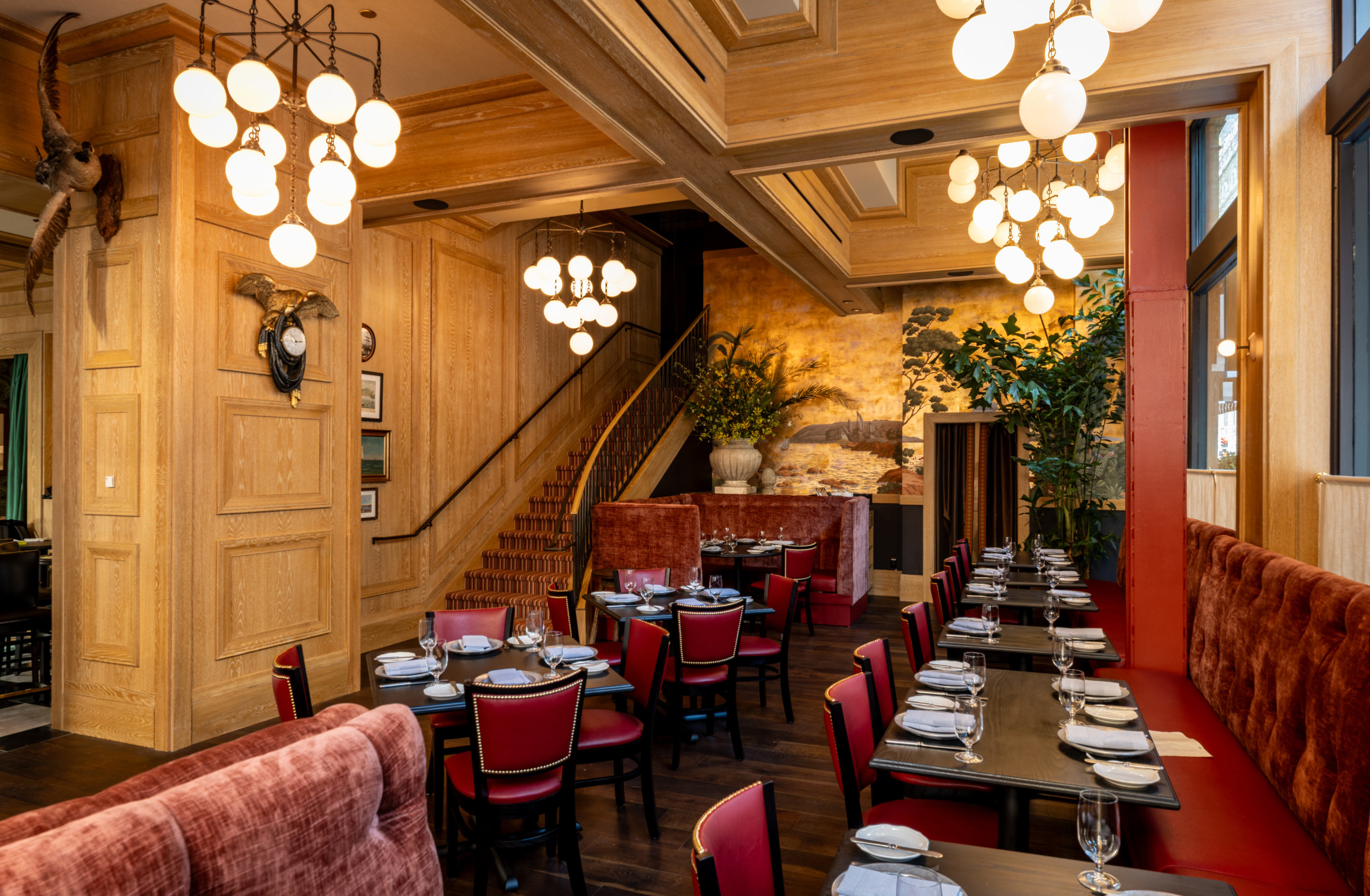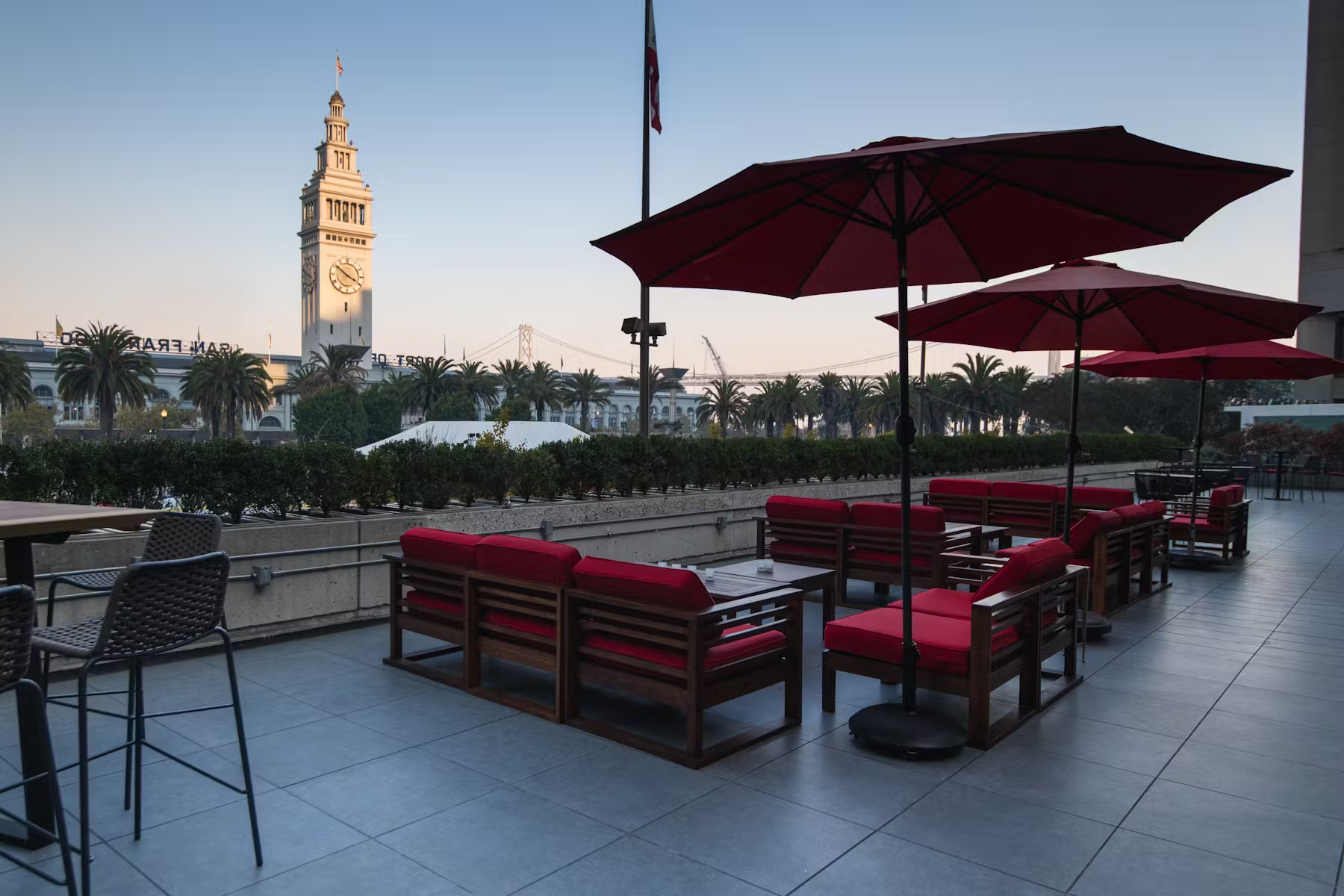
No-shows are the silent profit killer in fine dining. Every empty table represents lost revenue, wasted prep, and frustrated staff who could have served eager guests on your wait-list. The industry average hovers around 15-20% no-show rates, but what if you could slash that number by 30% in just two months?
The answer lies in AI-powered reservation management that goes beyond basic booking systems. Modern AI hosts can enhance efficiency, personalization, and guest satisfaction by engaging in natural conversations across multiple languages, handling bookings without human intervention, including complex modifications, remembering guest preferences and special occasions, managing waitlists dynamically, providing real-time updates on table availability, cross-selling special events and promotions, and addressing dietary restrictions and special requests (Forbes: How AI is Transforming Restaurants). This isn't just about automation—it's about creating a seamless guest experience that reduces friction and builds loyalty.
In this comprehensive guide, we'll walk through the exact strategies fine-dining operators are using to dramatically reduce no-shows, complete with industry data, configuration walkthroughs, and a practical worksheet to calculate your potential savings per cover.
Before diving into solutions, let's quantify the problem. A typical fine-dining restaurant with 80 covers per night and an average check of $120 loses approximately $1,440 per night to no-shows at a 15% rate. That's over $525,000 annually—enough to hire three additional servers or invest in significant kitchen upgrades.
Restaurants lose an average of 30% of potential customers due to long wait times (Loman AI). Traditional reservation methods often led to overbookings, missed opportunities, and frustrated customers. The ripple effects extend beyond immediate revenue loss:
The good news? AI-powered reservation systems are proving remarkably effective at addressing these challenges. Companies like Newo.ai, Slang, RestoHost, Hostie, Revmo, and PolyAI are not just managing bookings; they are engaging in natural conversations, handling multiple languages, and showcasing soft skills previously thought to be exclusive to humans (Forbes: How AI is Transforming Restaurants).
The evidence for AI's impact on no-show reduction is compelling. Recent industry research reveals that 85% of Australian restaurant operators are leveraging AI in some way, followed by 70% in the U.S. and 66% in the U.K. (SevenRooms). More importantly, the top uses of AI in restaurants include data analytics (Australia), processing reservations (U.S.), and creating marketing collateral (U.K.).
Here's what the data shows about AI's impact on no-shows:
The development of Artificial Intelligence (AI) has been impressive since its introduction during the initial stages of Google, and GPS advancements have been transforming multiple fields and industries (Johnson & Wales University). In the restaurant industry, AI-enabled machines and devices can analyze their surroundings, make informed decisions, and offer customized services to customers.
Traditional reservation confirmations rely on static emails or basic SMS reminders. AI systems take a fundamentally different approach by creating dynamic, personalized interactions that feel natural and engaging.
1. Natural Language Processing
AI hosts are generating an additional revenue of $3,000 to $18,000 per month per location, up to 25 times the cost of the AI host itself (Forbes: How AI is Transforming Restaurants). This isn't just about cost savings—it's about creating better guest experiences through more sophisticated communication.
2. Multi-Channel Engagement
Modern AI systems don't just send confirmations; they engage across multiple touchpoints. AI-powered drive-thru systems can understand various accents and dialects, process orders accurately, and upsell menu items based on customer preferences, resulting in faster service, reduced wait times, and a more personalized experience (Restaurant Business Online).
3. Predictive Analytics
AI can predict customer preferences, streamline kitchen operations, and optimize supply chains in QSRs (Emerging). The pace of AI adoption in QSRs, which became commonplace in 2024, is set to accelerate in 2025.
HostieAI is designed for restaurants, made by restaurants (Introducing Hostie). As an automated guest management system that learns and engages with nuance, it offers several key features for reducing no-shows:
Initial Configuration:
Advanced Features:
Dynamic Deposit Requirements:
IF party_size >= 6 OR special_event = true OR guest_history_no_shows > 1
THEN require_deposit = true
AMOUNT = $25_per_person (capped at $150)
Flexible Payment Options:
The AI integrates directly with the tools you're already using – existing reservation systems, POS systems, and even event planning software (Introducing Hostie). This seamless integration means you don't need to overhaul your existing workflow.
Intelligent Matching Algorithm:
The system automatically matches canceled reservations with wait-listed guests based on:
Real-Time Notifications:
Burma Food Group saw significant improvements after implementing a virtual concierge system. The AI system helped boost over-the-phone covers by 141% (Burma Food Group Case Study). This demonstrates the broader impact of AI beyond just no-show reduction.
| Metric | Before AI | After AI (60 days) | Improvement |
|---|---|---|---|
| No-show rate | 18.2% | 12.7% | -30.2% |
| Average party size | 2.8 | 3.1 | +10.7% |
| Wait-list conversion | 23% | 67% | +191% |
| Revenue per available seat | $89 | $118 | +32.6% |
| Guest satisfaction score | 4.2/5 | 4.7/5 | +11.9% |
Step 1: Calculate Current No-Show Cost
Daily covers: _____ × Average check: $_____ × No-show rate: ____% = Daily loss: $_____
Annual loss: Daily loss × 365 = $_____
Step 2: Project AI Impact
Expected reduction: 30%
Annual savings: Current annual loss × 0.30 = $_____
Step 3: Factor in Additional Benefits
Step 4: Calculate Net ROI
Total annual benefits: $_____
AI system cost: $_____
Net annual savings: $_____
ROI: (Net savings ÷ System cost) × 100 = _____%
In multicultural cities like Toronto and Montreal, AI systems offer a distinct advantage with their multilingual capabilities, enabling smoother communication with diverse clientele and enhancing the overall customer experience (Forbes: How AI is Transforming Restaurants). This is particularly valuable for fine-dining establishments serving international guests.
HostieAI was created by a restaurant owner and an AI engineer (Introducing Hostie), which means it's built with real operational challenges in mind. The system integrates seamlessly with:
While some operators worry about AI's ability to handle complex requests, modern systems are surprisingly sophisticated. As one industry expert noted: "I have enough trouble trying to train a human on how to respond to anything other than the simplest seating requests — I don't see how any AI would be able to make the requisite analysis of whether the room could be rearranged to fit a large number of last-minute guests" (Forbes: How AI is Transforming Restaurants). However, AI systems excel at the routine confirmations and follow-ups that comprise 80% of reservation management tasks.
Low pay, high stress, worker competition, and reluctance from those laid off during the pandemic to return, on top of poor working conditions have led to a chronic shortage of entry-level staff in Canada's hospitality industry (Forbes: How AI is Transforming Restaurants). AI systems can help address this challenge by handling routine tasks, allowing human staff to focus on high-value guest interactions.
AI assistants are already in use by early adopters, often without guests realizing it (Forbes: How AI is Transforming Restaurants). The key is ensuring the AI interactions feel natural and helpful rather than robotic.
Online booking platforms improved accessibility for customers but couldn't handle complex requests or provide real-time updates during peak hours (Loman AI). Modern AI systems address these limitations while maintaining the convenience of digital booking.
The restaurant industry is experiencing a technological revolution. In June 2025, Dine Brands, the parent company of Applebee's and IHOP, announced plans to implement artificial intelligence in their restaurants (Newo AI). Dine Brands is testing Voice AI Agents to handle customer orders over the phone, aiming to streamline operations and reduce stress on human staff.
This move is a significant step in the restaurant industry's adoption of Non-Human Workers to manage high call volumes and labor shortages. The AI system, provided by SoundHound AI Inc., is being tested in select locations and is expected to expand to more franchises later this year (Newo AI).
While quick-service restaurants lead AI adoption, fine-dining establishments are uniquely positioned to benefit from AI's personalization capabilities. Restaurants are rapidly becoming the last bastion of personal interaction in the retail space (Forbes: How AI is Transforming Restaurants). AI doesn't replace this human connection—it enhances it by handling routine tasks and providing staff with better guest information.
The question isn't whether AI can reduce no-shows in fine-dining restaurants—the data clearly shows it can. The question is how quickly you can implement these systems to start capturing the benefits. With a 30% reduction in no-shows achievable within 60 days, the ROI is compelling for any restaurant serious about maximizing revenue and guest satisfaction.
Over two-thirds of Americans would ditch restaurants that don't answer the phone (Hostie: Missed Connection). In an industry where every interaction matters, AI-powered reservation management isn't just about reducing no-shows—it's about creating the seamless, personalized experience that keeps guests coming back.
In just a couple of years, there will hardly be any business that hasn't hired an AI employee (Forbes: How AI is Transforming Restaurants). The restaurants that implement these systems now will have a significant competitive advantage as the industry continues to evolve.
Start with the 60-day action plan above, use the ROI worksheet to build your business case, and remember that the goal isn't to replace human hospitality—it's to enhance it. When your AI system handles routine confirmations and wait-list management, your staff can focus on what they do best: creating memorable dining experiences that turn first-time guests into lifelong customers.
The technology is ready. The results are proven. The only question left is: when will you start?
AI-powered reservation systems use automated confirmations, intelligent wait-list management, and predictive analytics to dramatically reduce no-shows. These systems send personalized reminders via multiple channels, automatically fill cancellations from wait-lists, and learn customer behavior patterns to predict and prevent no-shows before they happen.
Key AI technologies include voice AI agents for handling phone reservations, automated confirmation systems that send SMS and email reminders, predictive analytics that identify high-risk bookings, and smart wait-list algorithms that optimize table turnover. According to industry data, 70% of U.S. restaurants now use AI for processing reservations.
Restaurants typically see a 20-30% reduction in no-shows within 60 days, translating to significant revenue recovery. For a fine-dining restaurant with average no-show rates of 15-20%, this can mean recovering thousands in lost revenue monthly. The system also reduces staff workload by automating confirmation calls and wait-list management.
AI wait-lists use real-time data to predict table availability, automatically contact wait-listed guests when spots open, and optimize seating arrangements based on party size and dining duration patterns. Unlike traditional systems that rely on manual management, AI can instantly fill cancellations and reduce the average customer wait time by up to 30%.
Implementation typically involves integrating AI software with existing POS systems, setting up automated confirmation workflows, training staff on the new system, and configuring predictive analytics parameters. Most restaurants can complete the setup within 2-3 weeks and start seeing results within the first month of operation.
According to Forbes insights on AI transformation in restaurants, AI is revolutionizing multiple aspects including voice-powered ordering systems, predictive inventory management, and personalized customer experiences. Major chains like Applebee's and IHOP are implementing AI employees to handle phone orders, while 85% of restaurant operators globally now leverage AI in some capacity for improved efficiency and customer service.
RELATED


